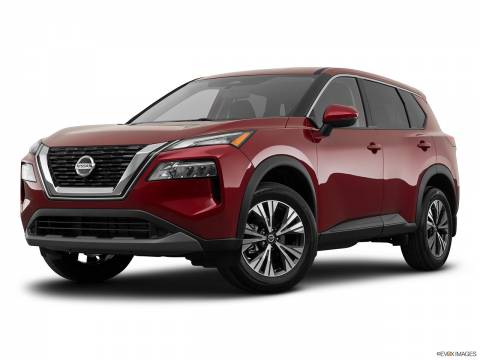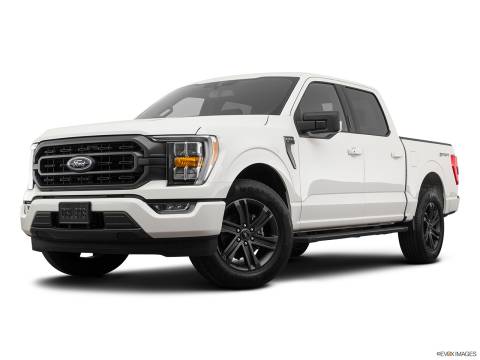As winter is coming to an end, it is good to have in mind an approximate date for switching back to summer/"all season" tires. If you are getting out of your first winter with a car, I strongly recommend you to read the following post, as it will determine the long life of your current tires.
Overall, the fact that we need to switch tires twice a year makes us more likely to make mistakes that will result in an unexpected expense in the long run.
As changing to winter tires is a safety measure at the beginning of the winter, rolling back at the end of it is an economic one, and here I explain why:
The thread is the core
Winter tires have a particular design for keeping your track over the ice and the snow. These are built to perform better under extreme weather conditions that we are used to seeing once a while. A 10cm layer of snow, freezing rain or even the black ice that appears over bridges and elevated highways.
Tire manufacturers, design these to perform better under 7 degrees Celsius so, if you know the weather is going up where you live, remember you are still on top of winter tires you won't like to wear unnecessarily.
When the snow goes finally away, it means it is the right moment to do your tire replacement and get back into the "all season" ones. If you wear the thread during the rest of seasons, your tires won't perform properly on the next winter.
Winter tires can last up to 5 years
And that is true. Some tires can last up way more, depending on how much you care and how much you roll. For example, Michelin grants for some winter tires, up to 60,000km of limited warranty.
Additionally, as winter tires are more expensive than all-season ones, these are the ones you want to keep the most of the time. From April to November (2/3 of the year) you will be rolling the cheaper tires and then the most expensive ones only during winter months.
Having a rim for each tire helps A LOT
And this is simple. 2 main reasons: balancing & costs. As you will need to do this change twice a year: the smoother, the better.
When you have all your tires mounted, every garage will do the work pretty fast, will charge you less and your tires will be less likely to be damaged due to bad manipulation/installation. At the same time, each tire will be already balanced to each rim, making it pretty easy to set up and go.
If you got stuck, don't push it to the edge
Even with the fact that you are rolling on top of ice when you get stuck, and your tires are slipping, speeding up too much will wear your tires.
To make it more clear; the fastest your tires roll, the less grip these will generate with the surface. It is normal to see someone who is stucked on the street, speeding up while two other persons are pushing trying to help and feeling the burned tire smell nearby.
Always try to use alternatives like putting blankets under the wheels or adding a piece of plastic/wood, but speeding up will just destroy your tire and dig a bigger hole.
Don't take your time, just do it
Yes, don't think about it anymore and schedule it. Maybe not as risky as driving on top of the snow with the "all season" ones, but surely granting that for the next few winters, you'll be rolling as it should be.

























